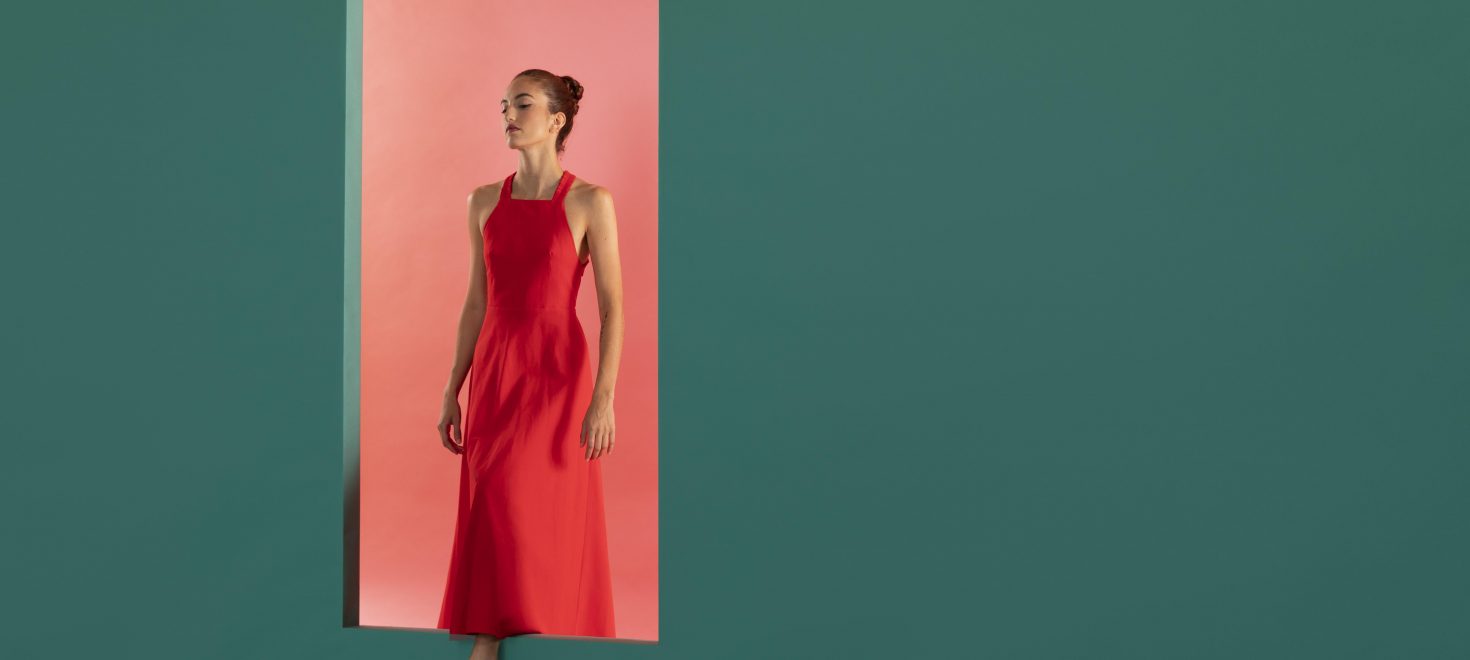
Introduction
The fashion business has seen a dramatic change in the last several years as a result of growing consumer attitudes and environmental concerns, leading to a shift towards sustainability. Fashion has evolved as a focal point for change as the world realizes how urgent it is to address climate change and its effects. This has led to changes in customer preferences and innovation in the industry.
The Rise of Sustainable Fashion
A fundamental shift in the industry’s mentality has occurred with the advent of sustainable fashion, not just a trend. As eco-friendly materials, ethical sourcing, and responsible manufacturing techniques become more prevalent, brands and designers are rethinking their production processes. As evidence of this substantial change, the fashion industry used 181% more sustainable materials in 2020 than it did in 2017, according to the Global Fashion Agenda.
The movement’s main pillar is the development of sustainable textile innovations. Demand has increased for materials like organic cotton, which uses a lot less water to produce than regular cotton. According to the Ellen MacArthur Foundation, rising demand for recycled materials is also indicated by the fashion industry’s usage of recycled polyester, which has quadrupled over the last five years.
Technological Advancements and Innovations
Sustainable fashion is transforming, thanks in large part to technology. Recent advancements in material science and biotechnology have made it possible to create materials manufactured in a lab, offering alternatives for materials-intensive textiles such as leather or cotton. For instance, in comparison to conventional fabrics, lab-grown materials utilize fewer resources and emit fewer greenhouse gases, according to a McKinsey & Company study.
In the clothing industry, 3D printing has also proven to be a game-changer, enabling customization and reducing waste by producing garments precisely as needed. This minimizes surplus inventory and mitigates its negative environmental effects.
Consumer Demand and Changing Mindsets
The growth in sustainable fashion can be attributed to a shift in consumer thinking. Today’s consumers are becoming more conscious of the social and environmental effects of the products they purchase, particularly the younger generations. According to Nielsen, 73% of consumers worldwide believe they would definitely or probably alter their purchasing patterns to reduce their impact on the environment.This increased consciousness has spurred a new generation of sustainable fashion entrepreneurs, and existing businesses have been compelled to integrate eco-friendly practices into their core values.

The role of Circular Fashion
Circular fashion, a concept focused on minimizing waste and maximizing resources, is gaining prominence. It emphasizes extending a garment’s lifecycle through practices like recycling, upcycling, and clothing rental services. Brands are adopting circular business models, encouraging consumers to return old clothing for recycling or creating new products from existing materials, fostering a more sustainable and cyclical approach to fashion consumption.
Challenges and Future Outlook
Even if the garment industry has made progress toward sustainability, problems still exist. There are still many obstacles to overcome, like tackling overconsumption, guaranteeing decent salaries and working conditions, and scaling sustainable practices throughout the whole business.
The trajectory seems positive, though. Collaborations between technology, fashion, and sustainability are predicted to grow as long as innovation propels the sector ahead. Furthermore, businesses will be increasingly motivated to adopt sustainable methods as customers grow more discriminating and demanding, creating a more responsible and environmentally conscious fashion scene.
In conclusion, the future of fashion lies in sustainability. The industry’s evolution towards environmentally friendly practices, propelled by innovative technologies and fueled by shifting consumer preferences, indicates a positive direction. By collectively embracing and furthering these advancements, the fashion industry stands poised to create a more sustainable and ethical future for generations to come.



Leave a Comment